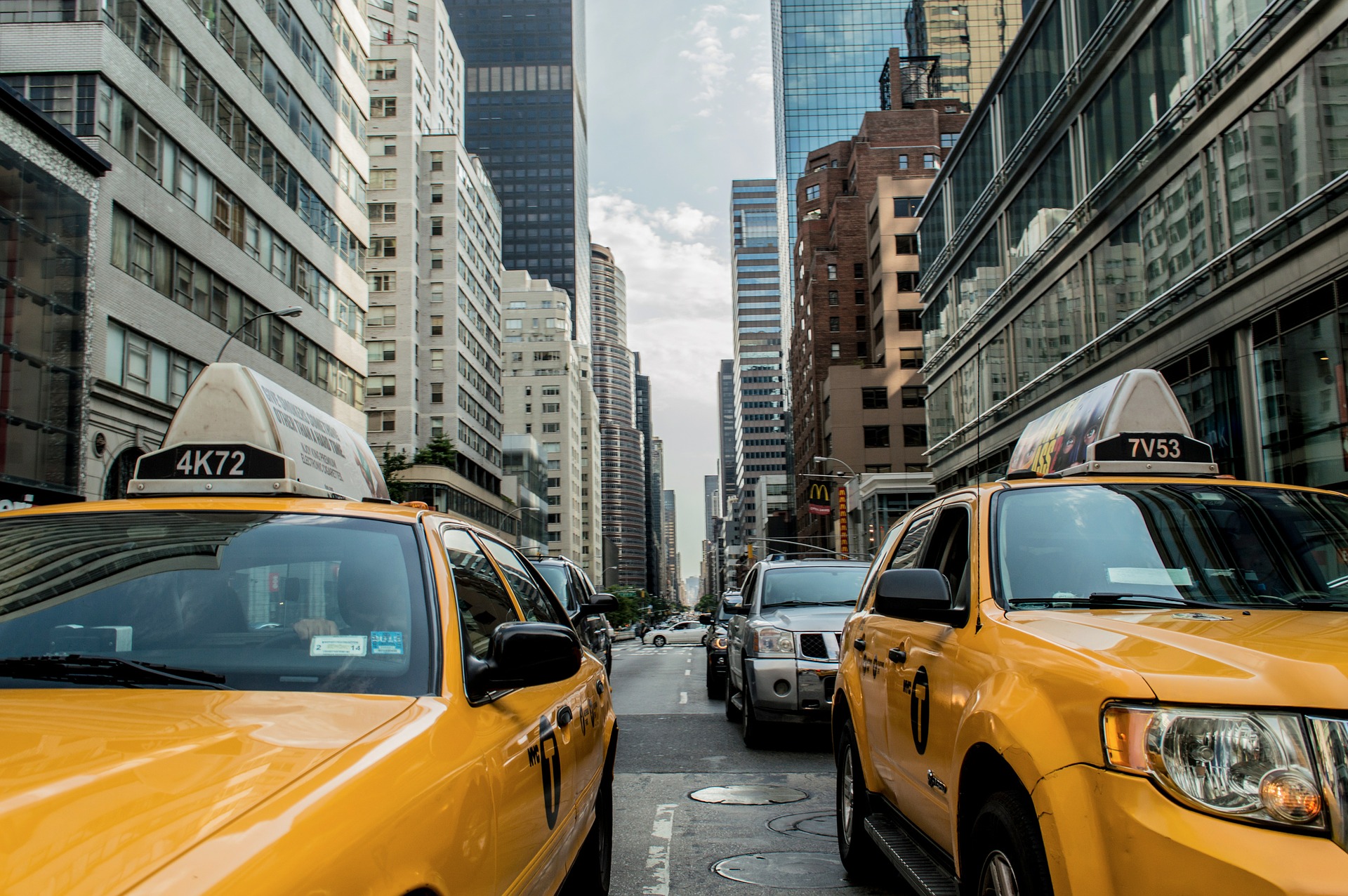One tiny data packet has traveled the world. It’s made its way from Sydney, Australia, all the way to London, traversing undersea cables to reach its intended destination.
But here’s something interesting: the (potentially) most expensive part of this data packet’s trip is only just beginning. How could this be?
What is the last mile?
The Last Mile is what those in the know call the last leg of an info packet’s journey across networks, when telecommunications services reach the end-user.
For example, once an email from your colleague across the globe reaches the point of presence (POP) closest to you, that email still needs to get from that port to your laptop. The last mile is all about local access.
And while pricing varies across carriers and agreements, it’s not uncommon to see local access prices surpass long-haul costs. This means the physical line required for information to travel between a POP and an end-user could easily be more than what it costs to travel around the world to get to that POP in the first place.
If travel analogies are your thing, think of it this way: you’ve hopped a plane around the world and landed safely. But you’re not done yet. You still need to take a taxi home, and your taxi ride might cost more than your plane ticket.
Why do telecom professionals care about the last mile?
Several reasons for this. Let's consider user experience.
The quality of the last-mile connection directly impacts the internet speed, reliability, and overall experience for the end-user. A bottleneck can undo the benefits of a high-speed core network.
A reliable last mile is crucial for accessing internet browsing, streaming, online communication, cloud applications, and more. A low-quality streaming experience might not be the fault of the platform you pay month after month to access its content. Poor streaming quality could result from inadequate last-mile infrastructure, especially in rural areas.




